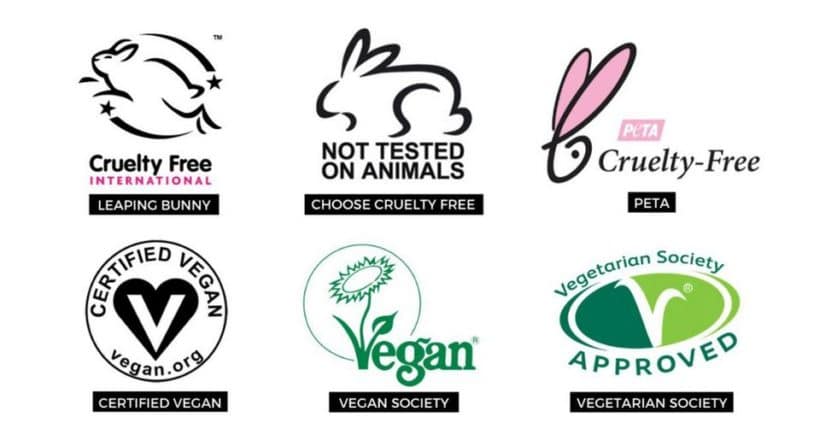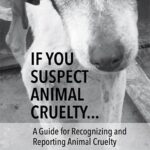In a marketplace overflowing with options, finding products that align with our ethical stance against animal cruelty can feel akin to navigating a labyrinth. More than ever, consumers are scrutinizing labels, desiring assurance that their purchases reflect their values. With the rise of the cruelty-free movement, myriad symbols and terminologies have emerged, each purporting to offer insights into the ethical integrity of a product. Yet, deciphering these labels requires a discerning eye and an understanding of their nuances.
The term “cruelty-free” is often prominently displayed on packaging, yet its interpretation can vary significantly. At its core, it signifies that a product has not been tested on animals at any point during its development. However, this simple phrase masks a complex landscape, in which certain products may still engage in practices that could potentially harm animals indirectly.
It is crucial to explore the certifications that brands utilize to convey their commitment to animal welfare. Numerous organizations, such as Leaping Bunny and PETA, have established stringent standards that companies must meet to earn their cruelty-free label. The Leaping Bunny certification, for instance, mandates not only the absence of animal testing for individual products but also requires that the entire supply chain adheres to humane practices. On the other hand, PETA’s cruelty-free logo allows brands to self-declare their practices, raising questions about the rigor of their assessments.
Unraveling this intricate tapestry of certifications can feel daunting. Consider critically evaluating the type of logo displayed. A PETA bunny may seem inviting, but it is beneficial to inquire further into the brand’s testing history and broader business practices. Certain companies may showcase cruelty-free labels while still engaging in dubious practices, such as utilizing ingredients sourced from suppliers that do not share the same ethical commitments.
Beneath the surface of ethical marketing lies the concept of “non-animal testing” as an umbrella term. Many brands assert they abide by this principle, but a deeper investigation reveals that it might simply entail switching to alternative testing methods. These may not involve direct animal experimentation, but could encompass practices that, while less invasive, still raise ethical concerns. It’s essential to delve into the specifics of what “non-animal testing” entails and to engage with brands that prioritize transparency.
Another layer of complexity arises in the form of product lines. While a brand may offer cruelty-free skincare solutions, its cosmetics or cleaning products may not necessarily follow suit. This inconsistency highlights the importance of viewing a brand’s entire portfolio rather than isolating individual products. Often, brands relish in promoting only their most ethical items, obscuring those that do not align with the cruelty-free ethos.
The tantalizing allure of natural and organic products can further cloud judgment. A product may boast an all-natural ingredient list, suggesting ethical consideration, but still fail the cruelty-free test if any aspect of its creation involves animal testing. This phenomenon illustrates the necessity of developing a critical mind and recognizing that natural does not inherently equate to ethical. The allure of vibrant packaging and catchy slogans can be deceptive; the true ethos of a product is found in the minutiae.
Exploring the realm of ingredients can be a formidable task. Many consumers are familiar with common ingredients like glycerin or lanolin; however, a vast assortment of substances is tucked away within the fine print, often lurking as hidden threats to our ethical standards. Some ingredients, such as carmine—a pigment derived from cochineal insects—can pose ethical dilemmas. Familiarizing oneself with the nomenclature used in ingredient lists can empower consumers to make informed choices.
Moreover, it is imperative to recognize that what is deemed cruelty-free in one region might not hold the same significance in another. Variations in legal stipulations surrounding animal testing can lead to confusing disparities in definitions and practices. For example, in certain countries, even brands claiming to be cruelty-free might still be subject to animal testing regulations for marketing their products. This regional inconsistency further necessitates vigilance and inquiry from consumers exercising their ethical preferences.
In our quest for cruelty-free solutions, consumer activism emerges as a powerful tool. When brands misrepresent their commitments, vocalizing concerns can amplify awareness and push for greater accountability. Engaging with companies on social media, writing reviews, and participating in campaigns can compel brands to uphold higher standards. Every voice matters in this collective effort to usher forth a marketplace that genuinely aligns with compassion for living beings.
In conclusion, discerning whether a product is truly cruelty-free transcends recognizing a logo. It compels us to engage in an intricate dialogue with brands, to probe deeper into their practices, and to cultivate a keen awareness of the definitions and regulations that govern the industry. In this pursuit, we hold the potential to foster a marketplace that honors the dignity of all creatures, rewarding brands that genuinely commit to cruelty-free principles while holding accountable those that do not. Every thoughtful choice we make resonates beyond a single transaction, weaving a narrative of compassion and integrity throughout the fabric of consumerism.









